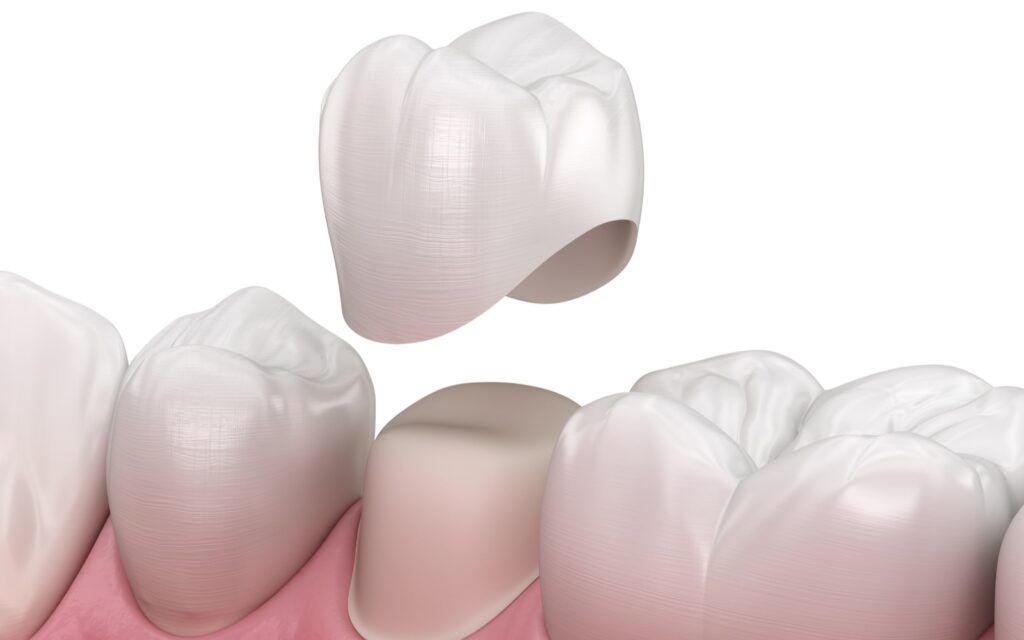If you’ve been insecure about your smile for a while now, it’s essential to know that you’re not alone. Over 59% of the world’s population has some form of malocclusion or misaligned teeth, without noting differences in gender, race, or nationality. Because of this widespread problem, more dentists have to work to find more means to help treat malocclusion, and this problem often can’t be held by orthodontists alone. In fact, more general dentists have been taking on the issue of malocclusion with restorations. Restorations are treatments that work to repair and reshape the teeth using dental prosthetics and include treatments such as crowns, implants, and veneers. When it comes to malocclusion, the answer may not be the same for every patient, but for some, restorative treatments may, in fact, work better than orthodontic treatment.
Why Some Patients Should Start With Restorations
Orthodontic treatment refers to braces, retainers, and mouth guards for protecting and gradually aligning the teeth back to a straighter position. There are many widespread cases where orthodontic treatments produce better results than restorations, especially if the malocclusion is severe enough that restorations cannot be applied. However, there are other medical factors that also need to be considered when considering either restorative treatment or orthodontic treatment. Here are some factors to consider:
- Restoration vs. Realignment: Mild alignment issues can often be either treated with orthodontic appliances or restorative treatments, but in some cases, products like Invisalign can provide both cosmetic results without having to increase costs. However, major forms of malocclusion may need a more advanced form of correction with treatments such as braces and retainers. Milder cases may also benefit from veneers, crowns, and inlays, depending on the conditions faced.
- Costs vs. Results: Both restorations and orthodontics will require a considerable amount of time and investment, and both have their pros and cons. Orthodontics treatments tend to have longer-lasting results but also come with longer treatment times. Restorative options are performed quicker but tend to have a shorter length for their results.
- Isolated vs. Combined Treatment: While most orthodontic treatments don’t require the cooperation of multiple dentists, there is also limited aesthetic intervention when it comes to their form of treatment. Restorative treatment may involve the cooperation of multiple specialties, including orthodontics, to produce more well-rounded results. In these cases, multi-staged treatment plans can help bring out better cooperation between you and your dentists and ensure more well-rounded outcomes.
Talking With Your Dentist About Your Options
As more advancements in technology continue to grow, there are many dentists out there who will be able to provide different approaches to similar problems. Even with these new advances, it’s important to speak with your dentists about your options, including the costs, how they can be covered, the time frame for treatment, and other factors involved. Some measures involve combining these two specialties, such as Invisalign, to produce overall better results. But most importantly, it’s important to receive as many options as possible before requesting what you want from your treatment. Always make sure to consult with each of the professionals involved to ensure the outcome you want most.


